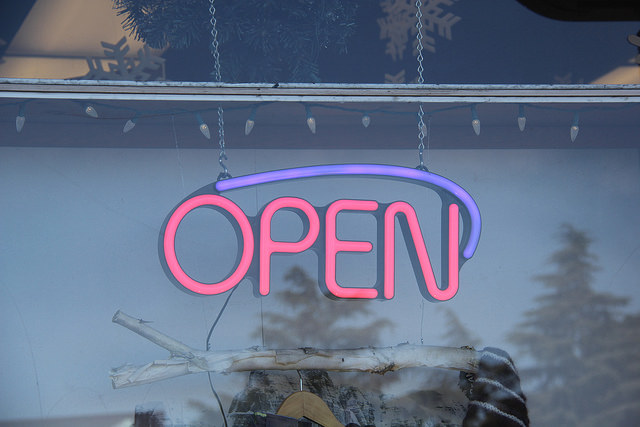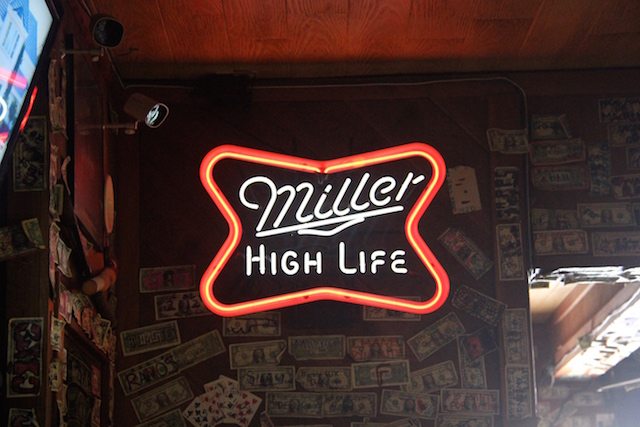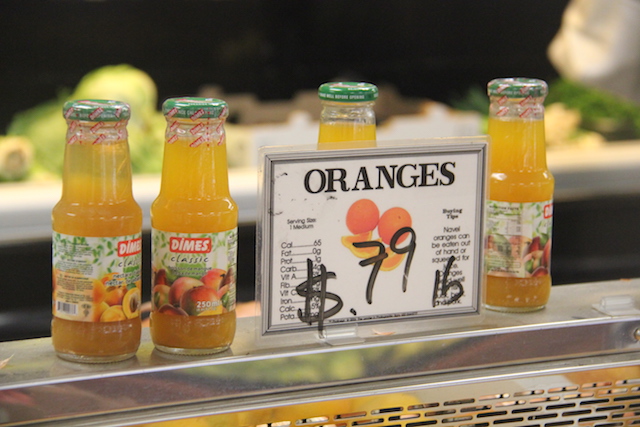Exploring the changing lives of residents in an evolving Cupertino
The People of Vernie Court
Before, there were only five houses nestled in Vernie Court. The houses’ shadows pool at the center of the small, circular court, where children ride their bikes in seemingly endless loops. It's 1990, and to many, the year 2000 seems like something from a science fiction movie. In the next decade, four of the five houses are repainted, given new windows, new families. The children, now in cars, loop once around the court and leave, sometimes never to return again. Prices rise, the houses around them double in sizes, new air-conditioning units are installed. Now the neighborhood hums.
Then, in 2013, the cul-de-sac doubles. The empty lots surrounding the original five houses are covered in concrete, readying new foundations. As if by meiosis, a second cul-de-sac emerges, bigger and broader and pricier.
This new court has no name. It doesn't need to be advertised: hundreds of prospective residents flood its new homes, new homes that tower over everything in the neighborhood. They sell within months, some within weeks. Once again, children ride their bikes and skateboards and rollerblades in larger and larger loops.
Here are the stories of two courts and many people. Of one home and many generations. Here are stories of leaving, staying and looking back.

Nan Ferguson
Former librarian revisits memories of Jollyman Elementary School, the first computers ever used in Cupertino schools
A Brief History of Cupertino








